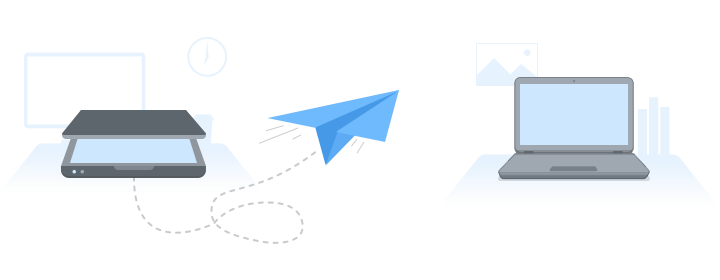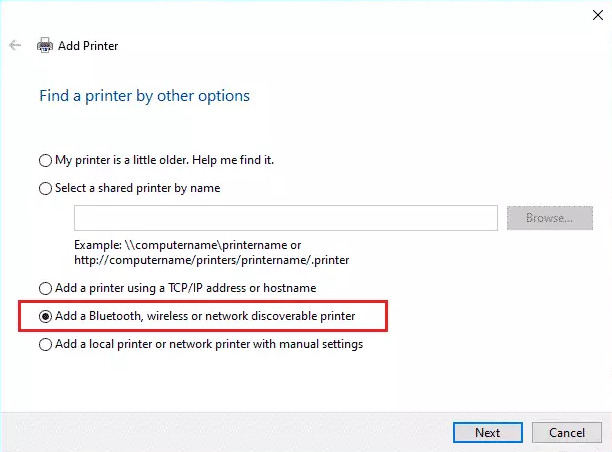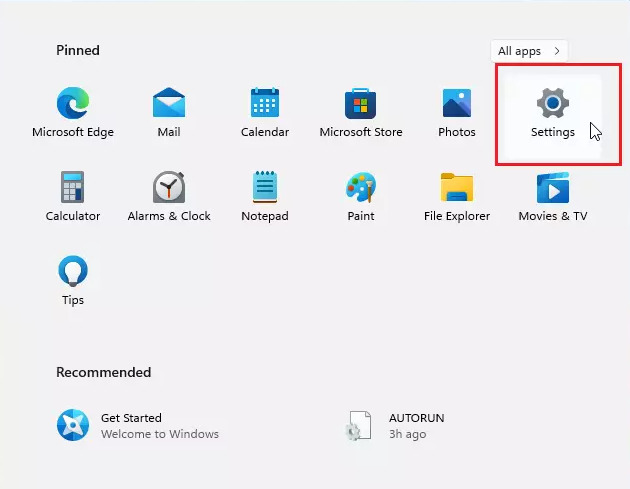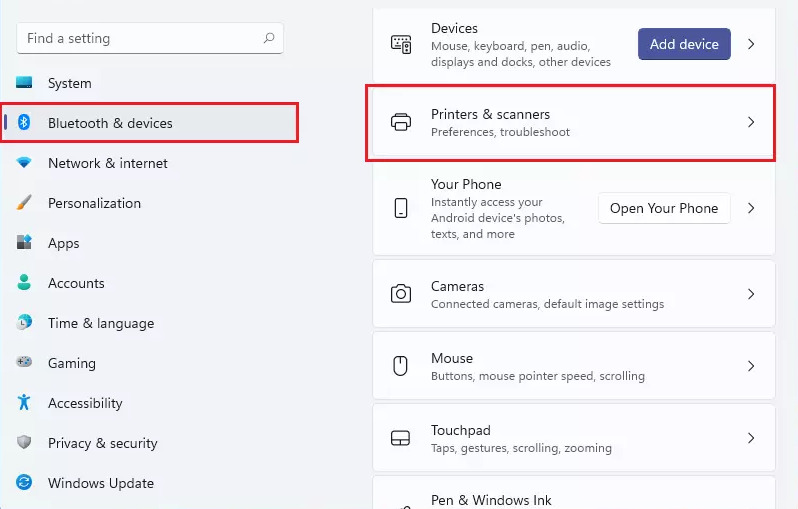FlexiHub Team uses cookies to personalize your experience on our website. By continuing to use this site, you agree to our cookie policy. Click here to learn more.


The ability to efficiently share peripheral devices such as scanners over a network is essential in today’s connected business landscape. Having a scanner available to multiple users enhances productivity in large and small office environments. Additional benefits are achieved when the devices can be accessed using various operating systems such as macOS or Windows 10 and 11.
This guide discusses sharing a scanner over the internet, making the peripheral accessible to remote, network-connected users. We’ll help you identify solutions to your unique device-sharing needs on Mac and Windows computers so you can get the maximum value from your scanners and other peripheral equipment.


In most cases, these steps are enough to set up a local scanner or discover a scanner connected to the network. If that doesn’t work, here’s a way to do it manually.

Note: If your scanner is included in a multifunction or All-In-One printer, you may only see the name of your printer. To see your scanner, under Printers & scanners, select your installed printer, select Manage, and then choose your scanner.
Note: Please make sure that you're connected to the same network as the scanner for your PC to find and install it. Also, you might need administrator permission to install some scanners.





Note: you don't need to install any additional software, your Mac will take care of it and download it automatically.


Technical Tips
Following are some tips to facilitate sharing a scanner over a network.
Troubleshooting
Here are some tips to help troubleshoot problems with scanner sharing over the network.
The preceding tips should help you set up and troubleshoot scanner sharing over a network. You should consult the user manuals for any software and equipment for specific information that may resolve other issues you encounter.
Now that you know how to connect the scanner to your Windows and macOS devices, you can easily use your scanner over a network and speed up your workflow. Try the methods above and choose the one that works best for you. If you're looking for an easy and convenient way to share your USB scanner, FlexiHub is worth considering. FlexiHub features full compatibility, a wide range of features, and minimal requirements.
